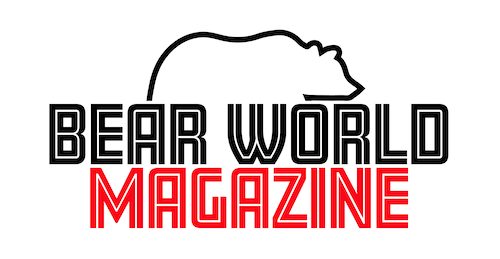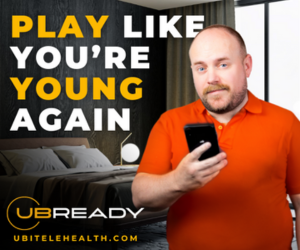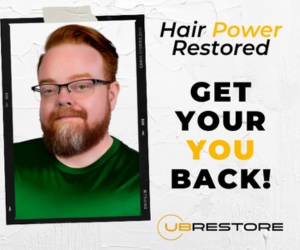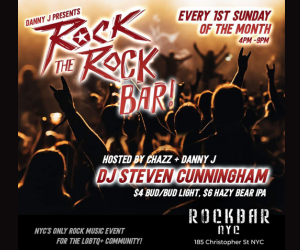OPINION: We need to talk about COVID-19’s effect on LGBTQ mental health
It’s no secret that the COVID-19 pandemic, though still not over, is getting to a place that is more manageable than it was over two and a half (almost three) years ago when many of us became aware of it. The pandemic had a tremendous, and in many ways devastating, impact on our society in multiple ways and in various communities. However, LGBTQ communities and racial minorities seemed to be the communities most affected by COVID’s impact, leaving many in these communities struggling to cope with their mental health.
Many may ask why it seems that these communities are more affected than others, or why would we present such information as to suggest that everyone isn’t the same and everyone wasn’t affected by the pandemic in some way? The truth of the matter is that most LGBTQ communities and communities of color were struggling with pre-existing medical, financial and mental issues before the pandemic in ways that people outside of these communities weren’t. For instance, it has been proven that the LGBTQ community has historically faced mental health and substance use problems at higher rates than their non-LGBT+ peers.
Though the COVID-19 pandemic disrupted the lives of people across the globe, it negatively impacted the mental health of the LGBTQ people – who were already struggling more than others – in disproportionate ways. This is made even more clear by the fact that most LGBTQ people have reported that worry and stress related to the COVID-19 pandemic has negatively impacted their mental health more often and more severely than non-LGBTQ people.


The Kaiser Family Foundation (KFF) discovered through information recorded in their COVID-19 Vaccine Monitor that in the December 2020/January 2021 period, three-quarters of LGBTQ people (74%) reported that worry and stress from the pandemic negatively impacted their mental health compared to half (49%) of non-LGBTQ people. This includes about half of LGBTQ people (49%) who said the coronavirus was having a “major impact” on their mental health, twice the share of non-LGBTQ individuals who reported the same (23%).
Though the reporting of negative mental health experiences decreased by July 2021, most likely due to the increased availability of vaccines and partial re-openings, KFF still found that six in ten LGBTQ people reported that the pandemic negatively impacted their mental health, about half (31%) of whom say that the impact has been major. By comparison, 37% of non-LGBTQ people reported a negative mental health impact in this period, 17% of whom say that the impact was major.
In the first large-scale review of evidence on the experiences of LGBTQ people in Britain during the pandemic, Forbes reports that a new report by the NatCen with the support of Consortium, LGBT Foundation, Intercom Trust and Stonewall found that:
- LGBTQ people are now much more likely to be anxious, depressed and suicidal. This is worse for the most vulnerable groups within the community, including disabled, transgender, young, Black and Asian LGBTQ people.
- Unsupportive home environments have compounded a lot of issues that young LGBTQ people already had, who couldn’t come out, seek shelter or find affirming environments elsewhere.
- This sits alongside a rise in violence and harassment in and out of the home with hate crimes, online harassment and domestic abuse all rising.
- Many LGBTQ people have increased their intake of alcohol, drugs and tobacco, with concerns about misuse rising too.
So, what can be done to address the mental health issues in the LGBTQ community that have been exacerbated by the COVID-19 pandemic? In honor of World Mental Health Day on October 10th, we take a deeper look into some of these issues, what has caused them and some possible ways to address them.
Extended Isolation and Lack of Community Support
It’s pretty common knowledge that many LGBTQ people lack the type of family support that many non-LGBTQ people have. Many have either been put out of their homes or devalued in their youth, and forced to forge their own bounds and connections with friends and chosen family – people outside of their blood family.
According to the American Psychological Association (APA) Queer and trans communities, particularly older adults, queer youth, and folks of color, experience higher levels of social isolation. Lack of access to social networks may increase risk of contracting COVID-19 and being unable to meet needs for daily living. Connection to community is a resilience factor. Ruptures in community support and closures of queer and trans cultural centers may increase isolation and worsen mental health.”

Then, there were those in the LGBTQ community who were faced with the difficulty of not being able to see or visit their partners throughout the pandemic. It has been speculated that people in the LGBTQ community are more likely to enter long distance relationships, or have relationships where they do not share the same house/space with their partners. The inability to visit partners who lived in other spaces, cities or even countries contributed to feelings of abandonment and loneliness throughout the pandemic.



Despite these setbacks, the LGBTQ community has shown resilience in combatting these issues of isolation and loneliness. According to APA, “It’s not uncommon for queer and trans folks to raise funds to support a member’s desire for gender-affirming surgery, i.e., ‘medical crowdfunding.’ Currently, many sexual and gender minority-serving organizations have set up mutual aid funds for members in need. These actions highlight the collective resilience and support of these communities.”
Troubles Associated With Disease and Death
Similarities between COVID and HIV/AIDS, such as loved ones dying suddenly and quickly, and having to avoid intimate contact for fear of getting sick and/or dying, triggered emotions from previous traumatic experiences, especially those in the LGBTQ community who were alive at the height of the HIV/AIDS epidemic.
It’s even more concerning when you consider the fact that HIV/AIDS, though much less of a life-threatening illness or “death sentence” than it was in the 1980s and 1990s, is still a problem that the community is battling, and adding COVID-19 to this equation seems like too much to bear. “Queer and trans communities have frequently experienced historical trauma related to the loss of community members due to illness or disease,” says APA. “HIV/AIDS continues to have a disproportionate impact on their communities, especially for trans women of color.”
Troubles Associated With Homelessness and Lack of Job Security and Resources
Historically, LGBTQ+ people tend to be lower income than their non-LGBT+ peers, so it’s no surprise that disruptions in employment caused by the pandemic would be especially detrimental for LGBTQ people and harmful to mental health.
The 2020 KFF Women’s Health Survey found larger shares of LGBTQ people reported having to quit a job for a reason related to COVID-19 compared to non-LGBTQ individuals (15% v. 7%). Additionally, 19% of LGBTQ people report taking time off work because of personally becoming ill with COVID-19 or quarantining, compared to 11% of non-LGBTQ individuals. One in ten (10%) LGBTQ people report taking time off work to care for a family member who was sick with COVID-19 or is quarantining (v. 5% of non-LGBTQ people).
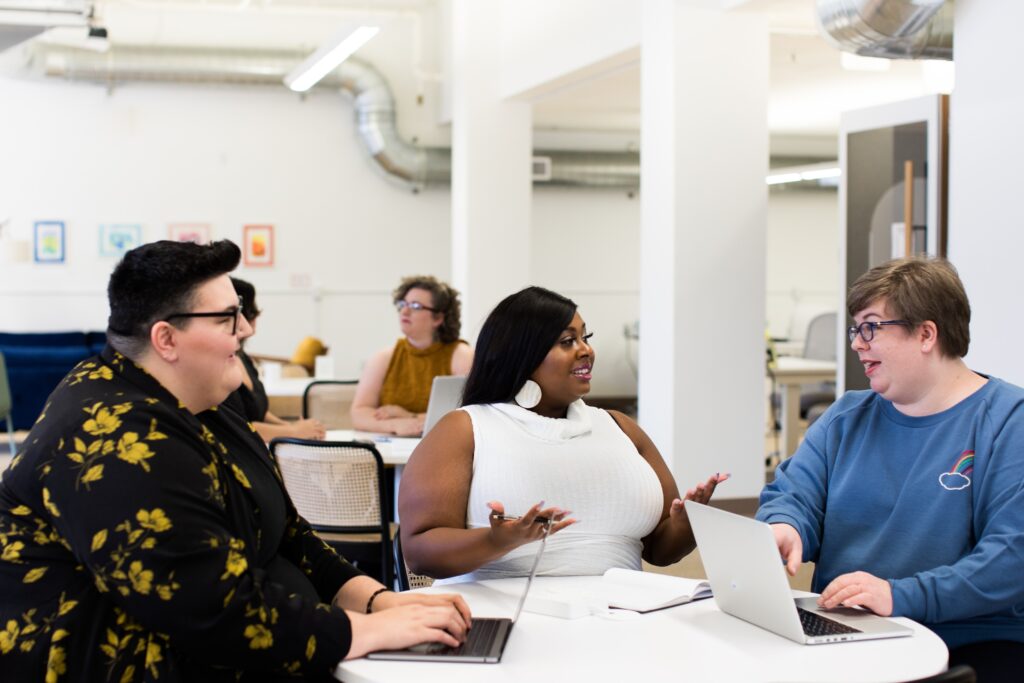
In addition to this, it is also true that queer and trans populations are more likely to have experienced homelessness or lack of access to resources pre-COVID. Throughout the pandemic, many began to lack access to the already limited number of resources available, such as informal community resource-sharing, community living spaces, gender-affirming recovery groups, and shelters.
It’s no surprise that this lack of financial security has triggered many LGBTQ people to spiral into depression and other mental illnesses, particularly Black trans women, who have higher rates of job loss/insecurity and experiences of discrimination. According to APA, “Many must rely on sex work for income and risk contracting HIV. In the context of COVID-19, these individuals will have lost income due to physical distancing.”
Pre-Existing Healthcare Barriers and An Already Vulnerable Community
Long before COVID-19, the LGBTQ community faced significant barriers in regard to medical disparities and discrimination, pariculary when it concerns HIV treatment and care. The trans community in particular has a longstanding fight to receive appropriate medical care based on their gender identity. If anything, the pandemic only served to exacerbate many of these issues.
According to APA, “Research shows that sexual and gender minorities experience greater health disparities compared to heterosexual and cisgender populations. They have higher rates of cancer, cardiovascular disease, chronic illness, alcoholism, substance abuse, obesity, autoimmune disorders, and chronic pain. They also have higher rates of PTSD, depression, anxiety, obsessive-compulsive disorder, suicidal behaviors, and gender dysphoria.These health disparities are consequences of discrimination; bias and stigma; and systemic, interpersonal, and intrapersonal oppression.”
Many of these pre-existing medical conditions not only served to make LGBTQ people more vulnerable to contracting COVID-19, but also served to affect their mental health during and after the pandemic due to the stress of being aware that these disparities make them more vulnerable.
“Some sexual and gender minorities living with HIV have reported difficulty restarting care after a lapse in treatment. Many hospitals have shifted nonurgent care resources toward treating those exposed to COVID-19. As a result, appointments to monitor viral load, test for development of resistance, and other health-affirming care were postponed, putting some at risk for developing viremia and additional health complications due to COVID-19 infection.”
In order to address this, queer and trans people deserve to be confident in knowing that their medical providers are not only aware of these disparities, but also diligent in addressing the barriers that they face.
According to APA, barriers to care in the context of COVID-19 include, but are not limited to:
- Lack of respectful, identity trans-affirming medical care (e.g., respecting names or pronouns, partner visitation, alternative relationship models).
- Medical mistrust due to experiences with and fear of discrimination in health care settings.
- Concerns related to having self-identified names, gender markers, and photos on forms or IDLack of insurance and inability to afford medical careLack of access to affirming mental health care and psychotherapy.
- Variable state-by-state protections for sexual and gender minorities, including health care nondiscrimination protections.
- Lack of paid sick leave.
- Reliance on work in industries or institutions impacted by the pandemic.
- Fears related to immigration and citizenship status, given the overrepresentation of sexual and gender minorities in some refugee and asylum-seeking populations.
- Reduced help-seeking and access to preventative are given the barriers above that may lead to a lack of testing and early intervention.
In addition, older adults within the LGBTQ spectrum remain even more vulnerable, due to age and higher likelihood of pre-existing conditions. “The current mortality rate of COVID-19 is higher for older adults—killing an estimated 13.4% of patients 80 and older, compared to 1.25% of those in their 50s and 0.3% of those in their 40s.”


Substance Abuse and Pre-Existing Mental Health Conditions
It’s no secret that drug and substance abuse due to depression and other mental health concerns were already prevalent in the LGBTQ community, partcularly with gay men and trans men who make up the majority in regards to th abuse of substances such as alcohol, cannibis, and even harder drugs such as methamphetimine and opiods.
It is also no secret in the LGBTQ community that substance use has increased due to the negative impact of the pandemic on our mental health. A survey of LGBTQ university students in the United States found 32% said they were drinking more since the pandemic began. A survey of gay, bisexual and other men who have sex with men found about one-third reported that their substance use or binge drinking had increased during the COVID-19 lockdown.
Many media outlets have reported the increase in substance abuse particularly amongst gay men and Trans women, with many noting the rise in cannabis and meth abuse. In the UK, Drinkwire reports that LGBTQ adults were much more likely to report their mental health had been negatively impacted by the pandemic to a large, or very large extent, than the UK average (25% vs 17%). In addition, LGBT adults were more likely to report feeling depressed (51% vs 40%), stressed (53% vs 43%), or anxious (51% vs 42%).
Drinkwire also reports that, even though the amount of LGBTQ abusing alcohol decreased during lockdown, it is likely that abuse will and has increased post-lockdown. Their research has shown that during the first lockdown in 2020 (March – June) LGBTQ adults were, in fact, drinking less than they normally would compared to the UK average (33% LGBTQ adult drinkers vs 27% all UK adults drinkers). This continued when restrictions relaxed into the summer (35% vs 29%). LGBTQ respondents said they were drinking less than usual because they weren’t seeing their friends (67%) and because they weren’t going out (63%).
However, their Monitor also shows that the LGBTQ groups were more likely than the UK average to say they would likely start drinking more once lockdown ended, once they have access to drinking venues (9% vs 5%).This data is part of the reason why they are encouraging the need for safe alcohol-free spaces for the LGBTQ community.
The problem with crystal meth also seems to be on the rise in cities like Los Angeles, for example. Though the use of crystal meth and chem sex has long been a problem amongst gay men, increasing significantly between 2008 and 2018, Richard Zaldivar, the executive director and founder of the Wall Las Memorias, told Inside the Issues that crystal meth use has specifically risen within the city’s LGBTQ+ community during the pandemic.
“As we started to see a little bit of a leveling off of HIV rates, we saw that the use of meth was increasing and there was some alarm,” he told host Alex Cohen. “So as soon as the pandemic hit, it was like crashing into a brick wall,” since this issue has gotten lost in the midst of the pandemic and he’s struggled to attract support from government and public health officials.
Discrimination, Racism and Violence
In the midst of the COVID-19 pandemic, a Black man, 46 year old George Floyd, was murdered by police in Minneapolis, Wisconsin during an arrest after a convenince store worker caled 911 accusing Floyd of using a counterfeit $20 bill. As Floyd cried out that he couldn’t breathe, the police officer who apprehended him kept his knee on Floyd’s neck for approximately 8 minutes and 15 seconds. The murder sparked outrage worldwide, bring to a head the already bubbling tensions between the Black community in the U.S. and law enforcement.
There were protests, riots, and burnings across the world, as we all were also collectively battling the COVID-19 pandemic. Then, in the midst of all of this, we also were made aware of an increasing number of Asian hate crimes, particularly in multicultural melting pots like New York City. People began to attack Asians, mostly because of an incorrectly perceived notion that Asian people were somehow responsible for COVID-19, due to the belief that the virus mutated in a market in Wuhan, China. The xenophobic attacks persisted, and left many Asian people fearing that they would be forever stigmatized.
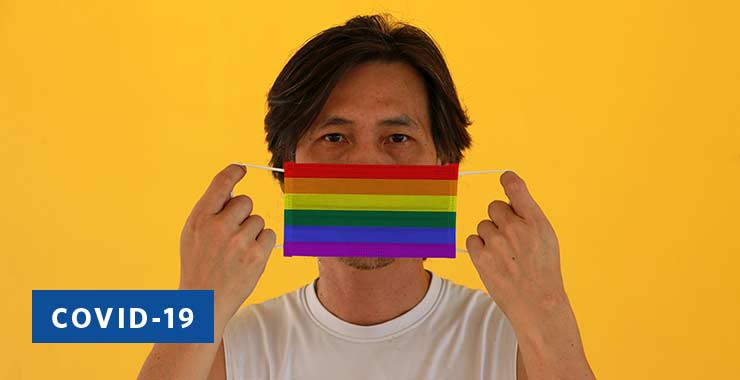
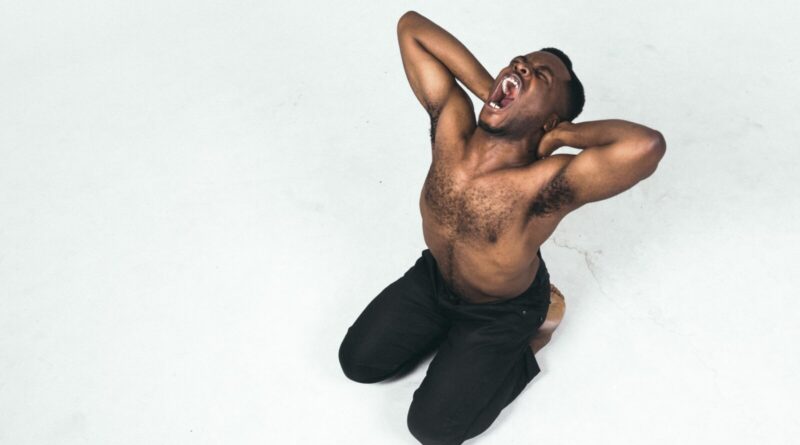
When you combine this with the fact that many queer people of color are facing even more discrimination than others when it comes to police violence xenophobia, and even disparities in reards to pre-existing conditions and healthcare, it becomes obvious that this creates even more stress and even more of a need for mental health care.
According to APA, “Queer and trans communities, particularly those who are people of color, face alarming rates of incarceration, discrimination, harassment, and assault in police and justice systems. Sexual and gender minorities who are incarcerated or recently released may be vulnerable at this time. They face the risk of contracting COVID-19 without consistent means to prevent spread or access to health care.”
This article was by no means written to just present problems for the sake of sensationalizing the struggles of the LGBTQ community. As a gay Black man, it’s important for me to call awareness to the issues facing the LGBTQ community and all its intersecting communities. We all should be asking ourselves, myself included: What are we doing to make sure that the most vulnerable in our society are receiving the support they need to live?
SOURCES: Kaiser Family Foundation, American Psychological Association, Drinkware, School of Public Health – University of Maryland, Drugfree.com, Drugabuse.com, Spectrum News – Inside the Issues, New York Times, Human Rights Watch, National Geographic, Commonwealth Club Virtual Program.
